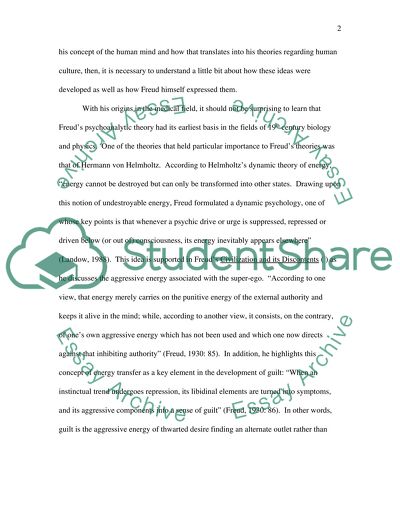Cite this document
(“Freud Essay Example | Topics and Well Written Essays - 2500 words”, n.d.)
Freud Essay Example | Topics and Well Written Essays - 2500 words. Retrieved from https://studentshare.org/miscellaneous/1538615-freud
Freud Essay Example | Topics and Well Written Essays - 2500 words. Retrieved from https://studentshare.org/miscellaneous/1538615-freud
(Freud Essay Example | Topics and Well Written Essays - 2500 Words)
Freud Essay Example | Topics and Well Written Essays - 2500 Words. https://studentshare.org/miscellaneous/1538615-freud.
Freud Essay Example | Topics and Well Written Essays - 2500 Words. https://studentshare.org/miscellaneous/1538615-freud.
“Freud Essay Example | Topics and Well Written Essays - 2500 Words”, n.d. https://studentshare.org/miscellaneous/1538615-freud.


